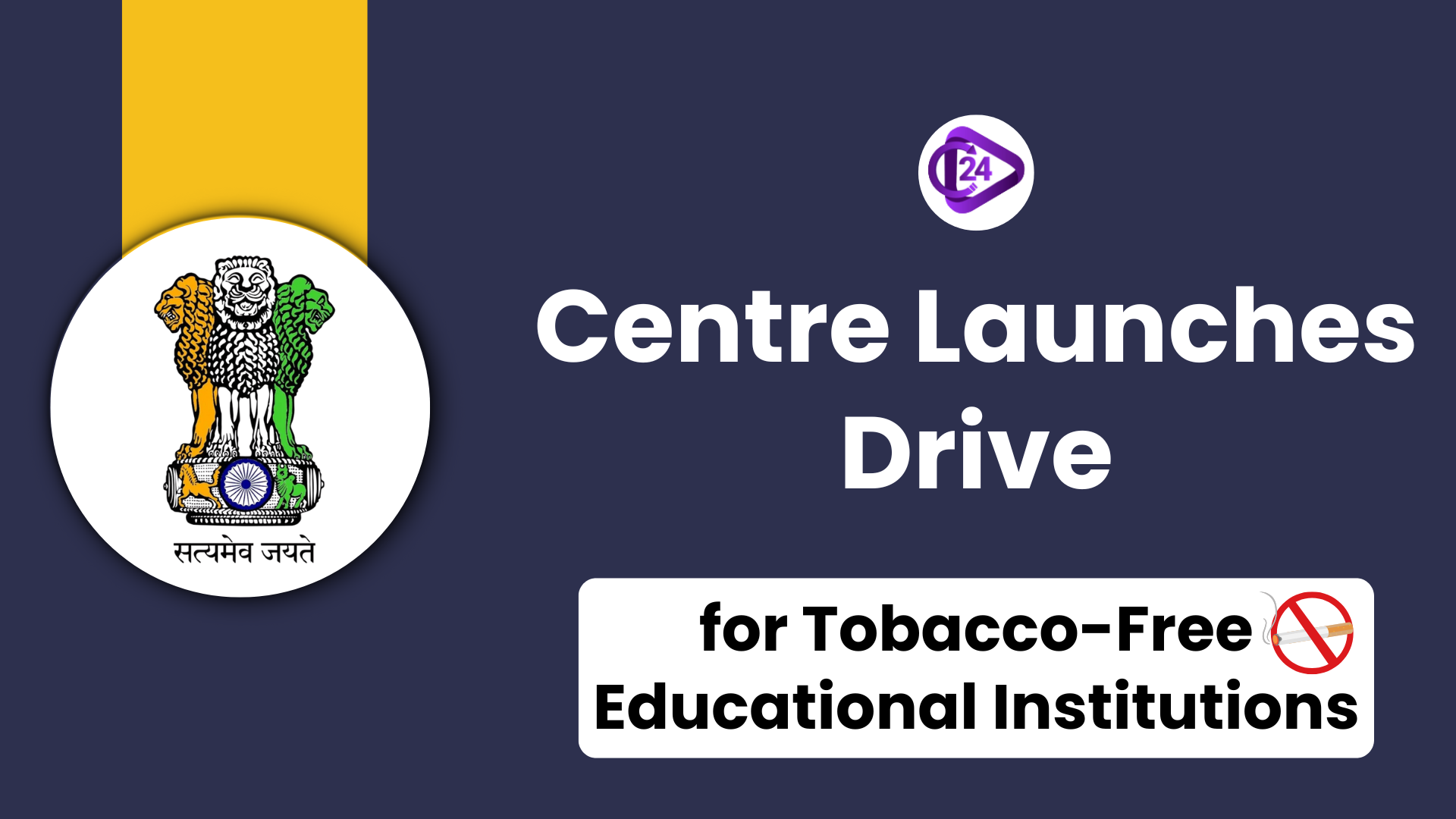
The Ministry has begun a campaign to prohibit smoking around every school and college in the nation. It is hoped that this action will shield students from tobacco, alcohol and drug use by making tough anti-tobacco laws and actively educating the community. It follows in line with important holidays known as World No Tobacco Day and International Day Against Drug Abuse.
Context
-
The ToFEI drive acts under strong rules and laws to prevent tobacco sales and use by students in educational institutions.
-
From May 31 to June 26, 2025, the campaign is working on awareness, enforcement and including all stakeholders.
Key Points
Background:
-
Due to its large number of youth, many of them are at risk of smoking tobacco; 8.5% of students in that group are known to use tobacco.
-
More than 5,500 children start smoking every day, sometimes ending up using other dangerous substances.
ToFEI Guidelines:
-
There are nine main activities in the work done.
-
Putting ‘Tobacco-Free’ signs in areas where everyone can see them both inside and outside buildings.
-
There is no permitted tobacco use or sales on campus at all and none is allowed within 100 yards (the yellow line lines the area).
-
Practicing tobacco control activities every six months.
-
Having Tobacco Monitors at each school.
-
Ensuring that tobacco-free rules are part of the rules at school.
-
Enforcement Focus:
-
Mark with a yellow line a 100-yard zone around all buildings to indicate they are tobacco-free.
-
Close tobacco vendors and stores found within this area.
-
Carrying out the part of COTPA, 2003 that prohibits the sale of tobacco near schools and to minors.
Specific Activities Within the Campaign’s Duration
-
The focus is placed from World No Tobacco Day on May 31 through International Day Against Drug Abuse on June 26.
-
The government encourages participation using quizzes on MyGov and by getting more people involved.
Tobacco Use in India data
-
About half of tobacco users die from using the product if they do not quit.
-
In total, deaths from tobacco amount to more than 8 million every year and 1.3 million of these are victims of second-hand smoke.
-
Almost 1.35 million people lose their lives in India each year because of diseases caused by tobacco.
-
Around 80% of the world’s 1.3 billion people who smoke tobacco live in low- and middle-income countries.
-
As many as 22.3% of people worldwide used tobacco in 2020.
Effects of Tobacco on Personal Health
-
Smoking is responsible for many cancers, heart problems, respiratory issues and stroke.
-
The Economic Effects: Smoking-related conditions result in high treatment costs and lost earnings, since they cause fetal deaths and leave people disabled earlier than usual.
-
Children and vulnerable individuals have a higher chance of getting respiratory diseases from breathing second-hand smoke.
Challenges
-
Tragically, lots of individuals in low-income regions rely on tobacco, as these regions lack access to helpful information and resources.
-
Offering tobacco to young people early in life causes them to become addicted which further spreads harm related to tobacco.
-
Illegal trading of tobacco lowers the impact of controls and makes it easier for people to get them.
-
The activities of the tobacco industry make it extra hard to create and pass legislation regarding public health.
-
Problems with addiction, being accepted in society and culture can make cessation more difficult for people.
Way Forward
-
Strong Rules: Strict application of the COTPA Act to stop the sale of tobacco anywhere near schools.
-
It is important for public health campaigns reaching young people and at-risk communities to focus on the dangers of tobacco.
-
Help for Quitting Smoking: Set up tobacco cessation resources and counseling everywhere in the country.
-
You should make tobacco products less affordable and less liked by increasing taxes on them.
-
Have schools, families, and local organizations partner in building tobacco-free areas.
-
By cooperating under the WHO FCTC (Framework Convention on Tobacco Control), share efforts to address the threats from illicit trade and industry involvement.
Conclusion:
India’s Tobacco-Free Educational Institutions effort sets out to cut youth tobacco usage and make educational settings safer. The initiative works to protect children and teens from tobacco and substance harm by giving more chances for people in the community to participate.
UPSC Prelims Practice Question
Q: What is the primary objective of the Tobacco-Free Educational Institutions (ToFEI) campaign launched by the Ministry of Education?
- A) Promote awareness about alcohol abuse in colleges
- B) Prohibit tobacco use and sales near educational institutions to protect students
- C) Encourage the use of electronic cigarettes in schools
- D) Reduce drug trafficking near universities



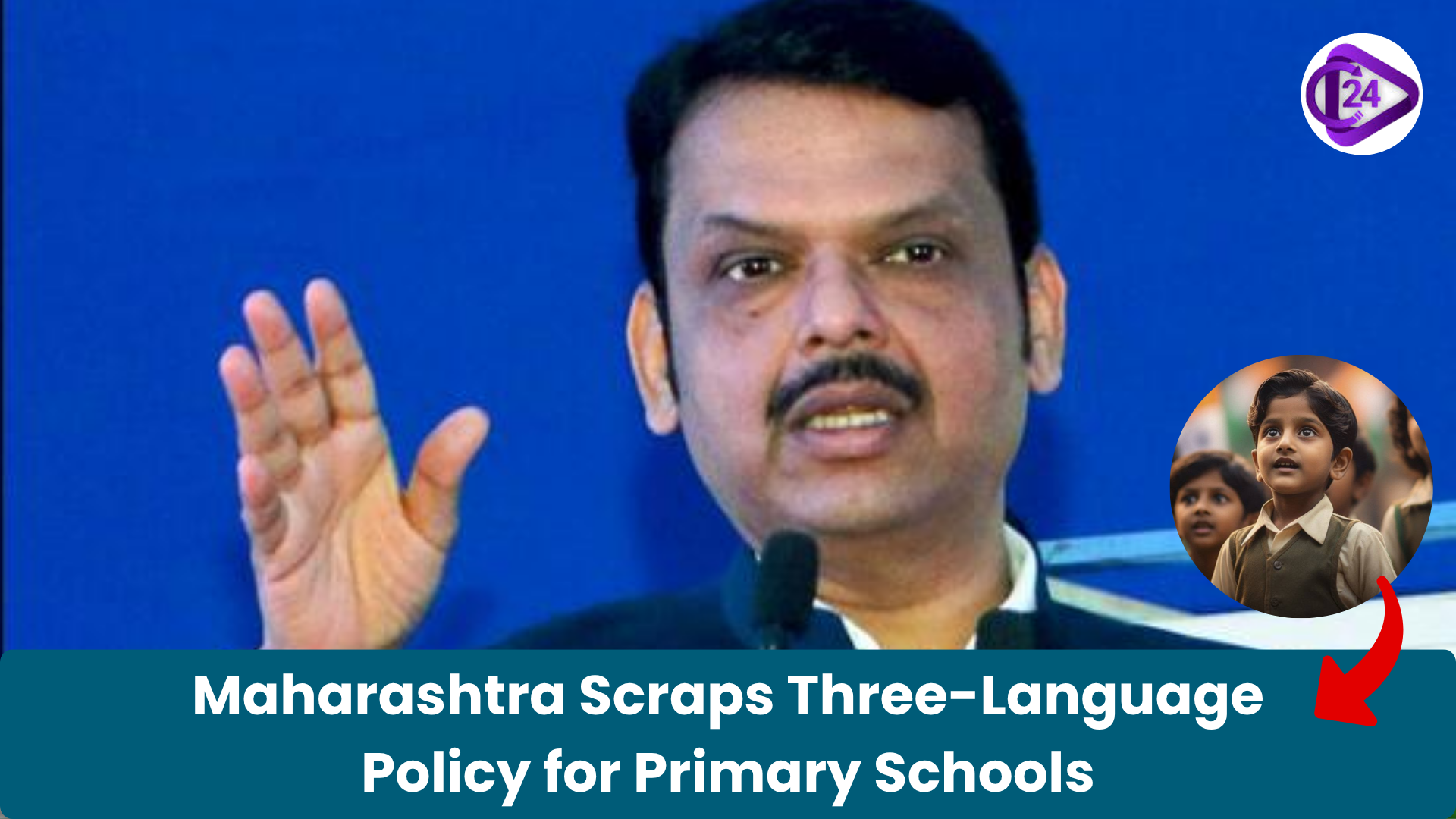 Maharashtra abolishes Three-Language Policy in Primary Education
Maharashtra abolishes Three-Language Policy in Primary Education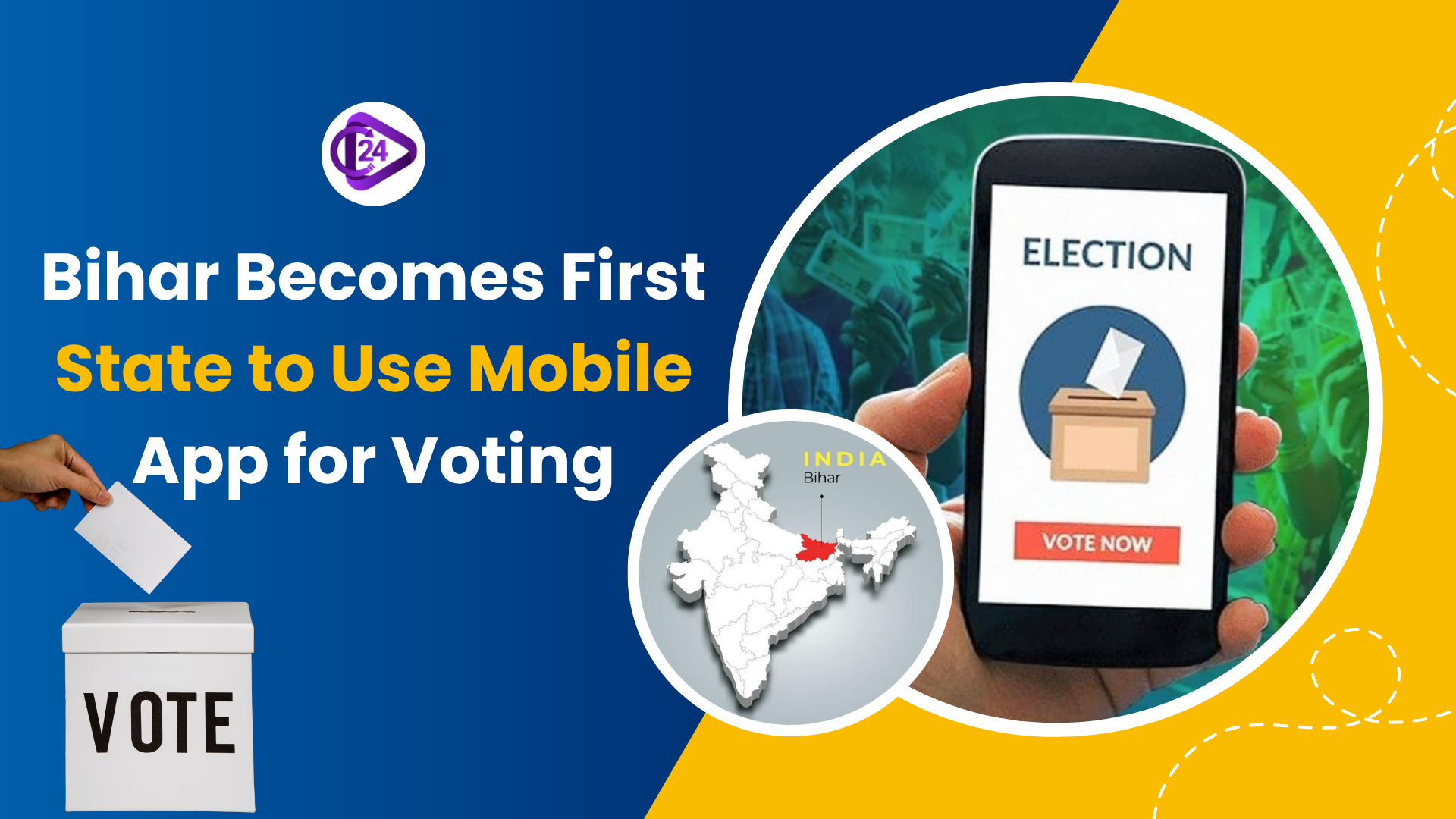 Bihar Becomes First State to Use Mobile App for Voting
Bihar Becomes First State to Use Mobile App for Voting Digital Fossil-Mining Reveals the Ancient Origins of Squids
Digital Fossil-Mining Reveals the Ancient Origins of Squids Axiom-4 Mission Launch Postponed to June 11 Due to Weather Conditions
Axiom-4 Mission Launch Postponed to June 11 Due to Weather Conditions India's First Indigenous Polar Research Vessel: A Major Step in Polar and Ocean Research
India's First Indigenous Polar Research Vessel: A Major Step in Polar and Ocean Research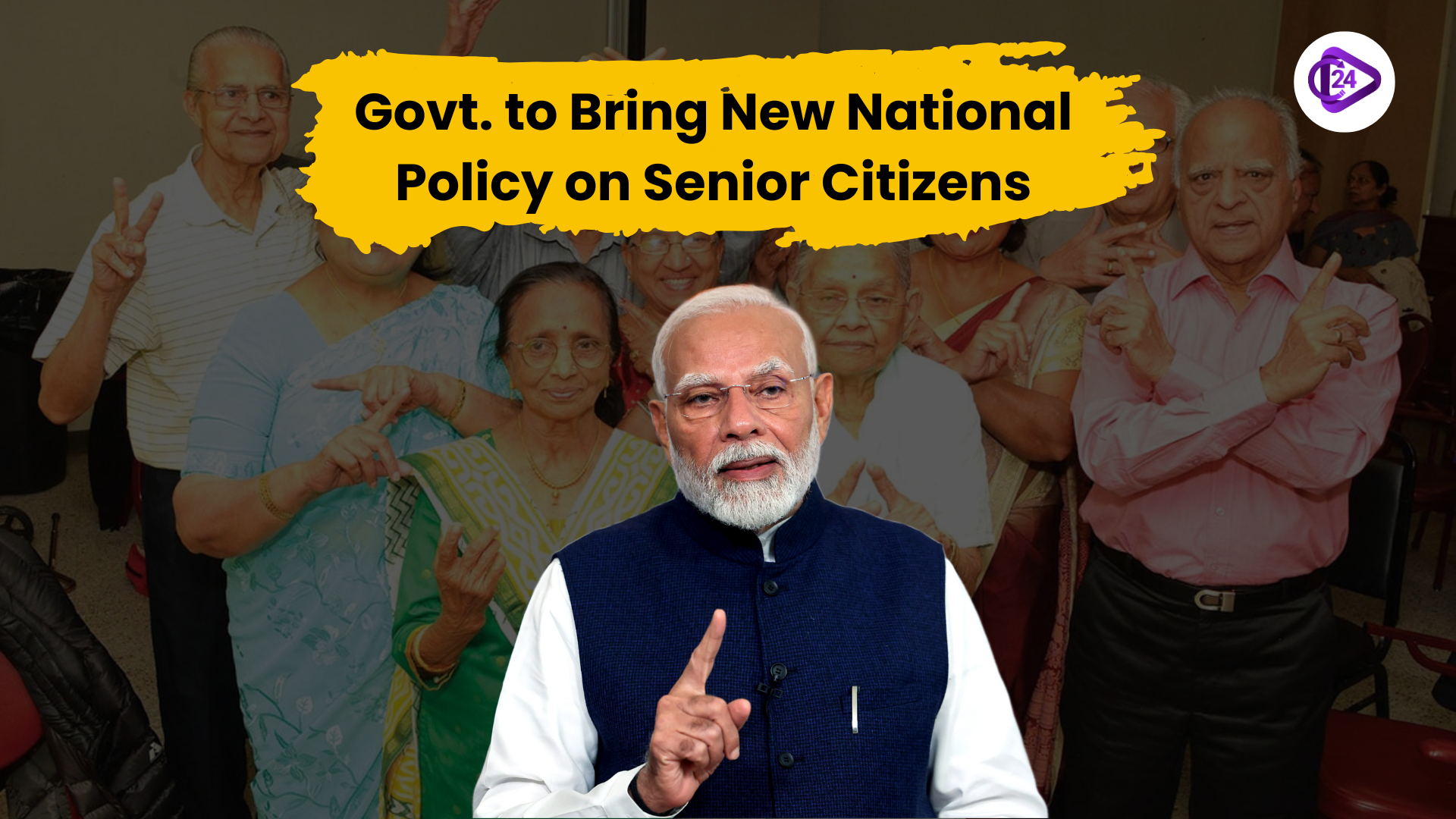 Govt. to Bring New National Policy on Senior Citizens
Govt. to Bring New National Policy on Senior Citizens India has now become the fourth biggest economy globally and is set to pass Germany.
India has now become the fourth biggest economy globally and is set to pass Germany.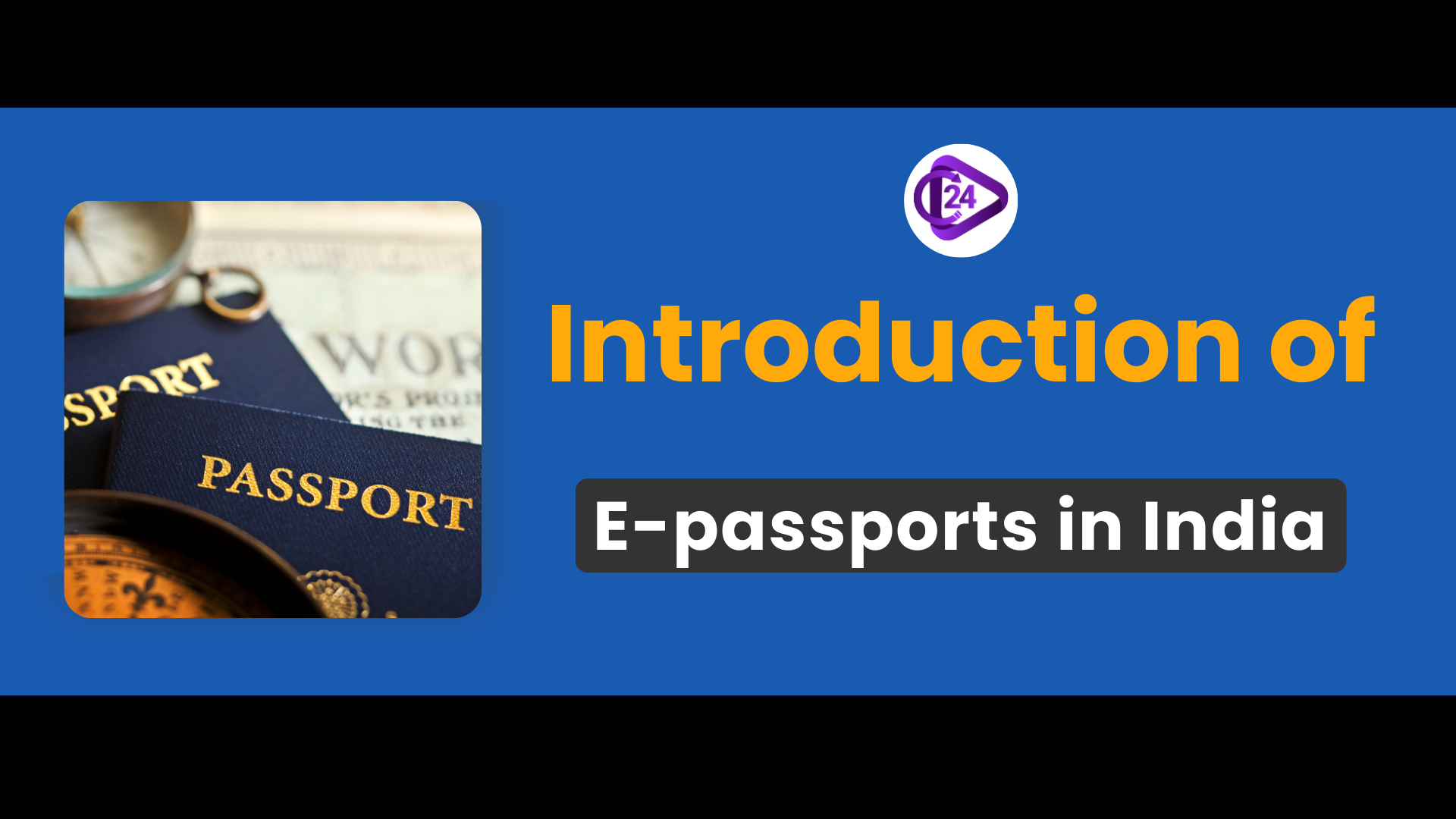 India Rolls Out Biometric E-Passports for Faster, Safer Travel
India Rolls Out Biometric E-Passports for Faster, Safer Travel






